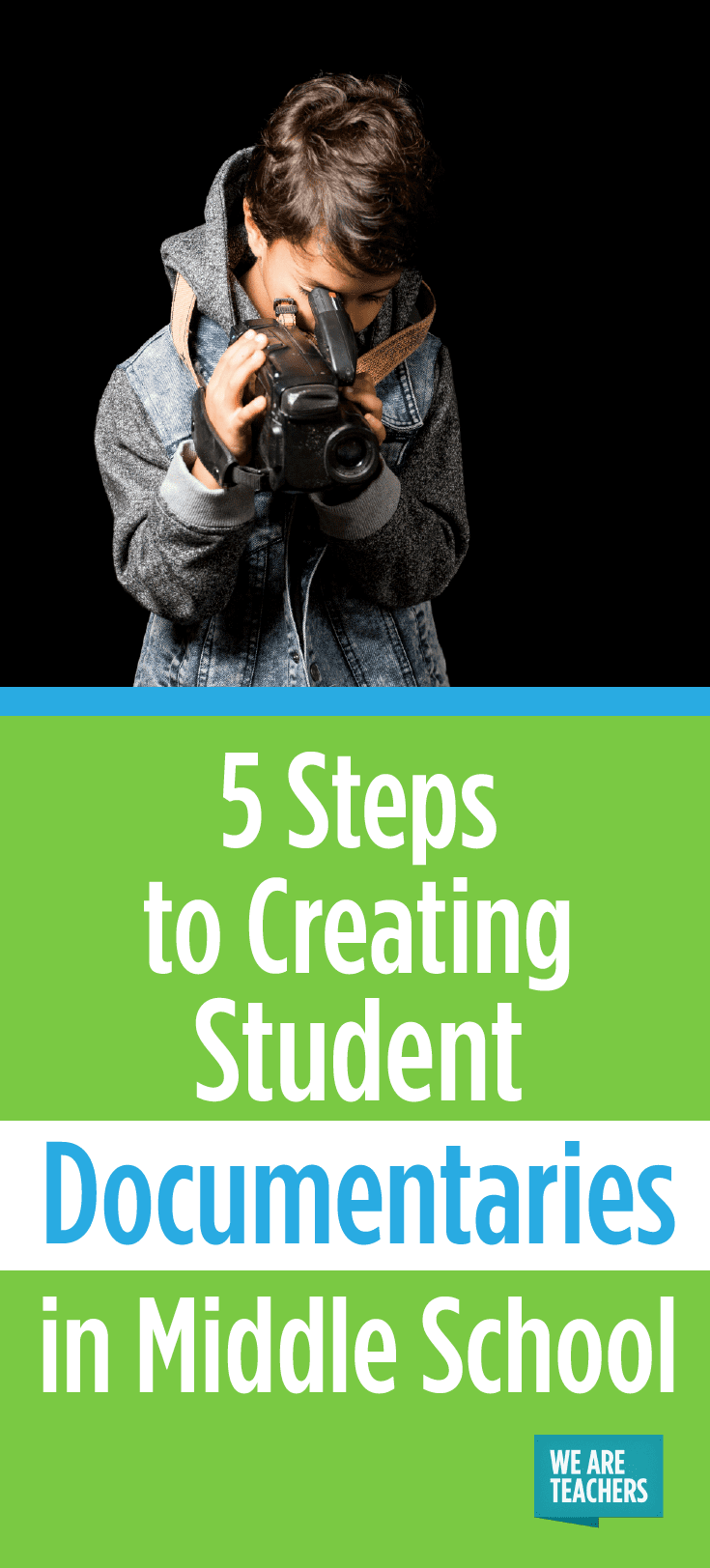This year in literature circles, my students read about Hurricane Katrina. After finishing their novels, each group took part in what we called the “Washed Away Challenge.” They worked together to make student documentaries on how the storm affected different groups of people.
Technology is a MUST in today’s classroom, particularly if you want to keep your students engaged and provide them with the 21st-century skills that are imperative in our society. Implementing student documentaries allows for an avenue to incorporate this element and encourage critical thinking around a topic. That being said, I knew that having sixth graders attempt to create their own documentaries could turn into a time-consuming, chaotic endeavor if I didn’t set the tone for the challenge right off of the bat.
Here are five tips that I found to be crucial for students to successfully create student documentaries in middle school:
1. Explain what a documentary is.
To explain this, I shared a hyperdoc with my students that walked them through the elements of a documentary and included links to several mini-documentaries. While they watched, they took notes on each one, and listed all of the common elements they noticed. We used the hyperdoc throughout the entire process. This is where they took notes for research, completed a storyboard, and created their script. It provided a central location for all of their materials. To learn more about hyperdocs, check out the main website here.
2. Provide clear expectations.
Students have to understand the assignment. They need to know the focus of the documentary, what it should encompass, how to find information to include in the documentary, etc. The rubric I shared with my students clearly spelled out the expectations and point values for each component.
3. Break the process into steps.
- Make sure students have a strong topic. I assigned the topics for my students’ documentaries, which saved time. Depending on the grade and academic level of your students, letting them choose their own topic is an option.
- Depending on what grade your students are in, provide them with resources. Include a list of credible websites, books, etc. they can use to research their topic.
- Once the research is complete, have students complete a storyboard that organizes the sequence of the story. My students were required to include the visual from each scene, as well as the narration/script, and music that would be played from beginning to end.
- Put it all together using a video editing tool. My students had the option of using their iPhones or iPads if they had them. They could also use Movie Maker on the classroom laptops. Students uploaded their edited videos to their Google Drive and shared the link on a spreadsheet which was included in the hyperdoc.
4. Schedule progress check-ins with each group.
Although we want this project to be student-centered, we are still dealing with kids here, whether they’re primary, middle school, or high school students. Students need to be aware that the teacher is the facilitator and knows what they are (or aren’t) doing. If we simply let them loose from the beginning of the creative process until the end, there will usually be a select few who don’t get the job done.
5. Provide a clear timeline.
Rather than having students turn everything in at once, I suggest breaking the assignment into numerous due dates. This will help alleviate overwhelming the students (and teacher) and will allow you to monitor progress.
What are some recommendations you have to create student documentaries?


